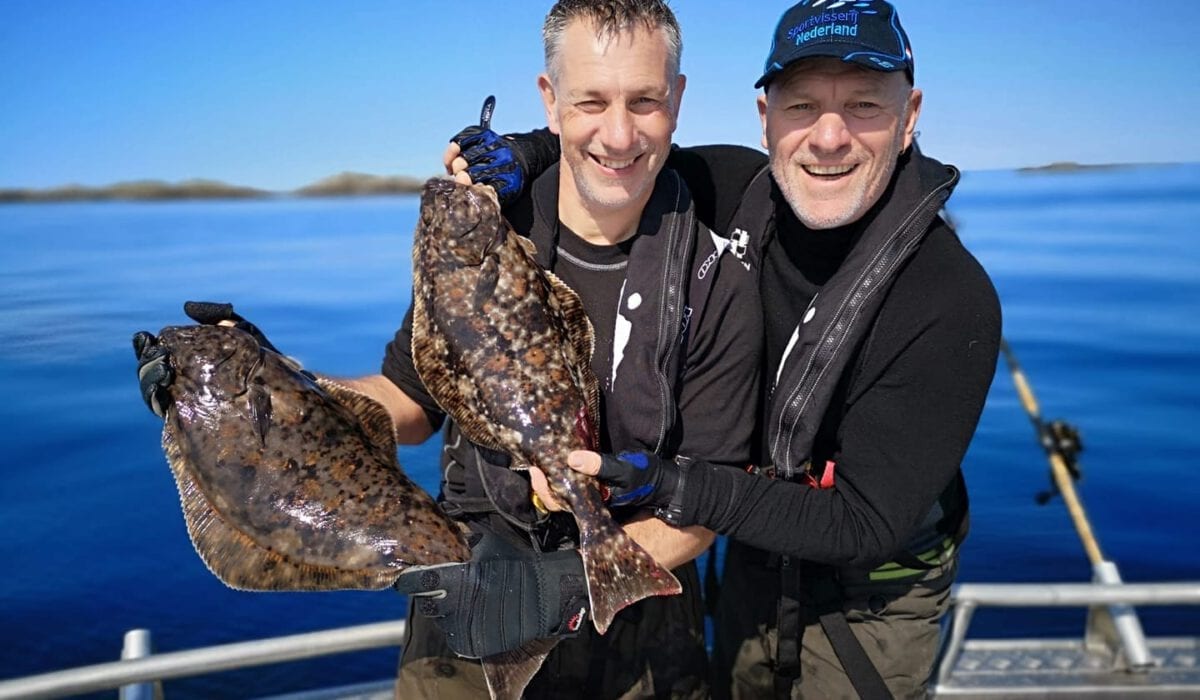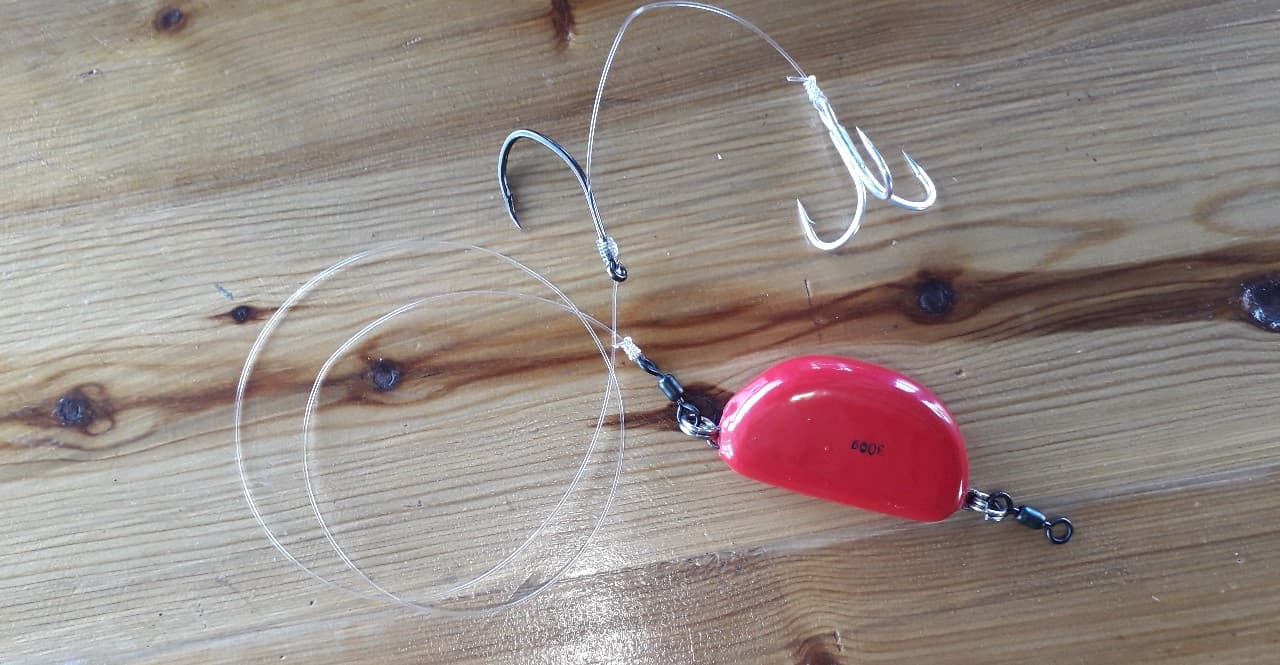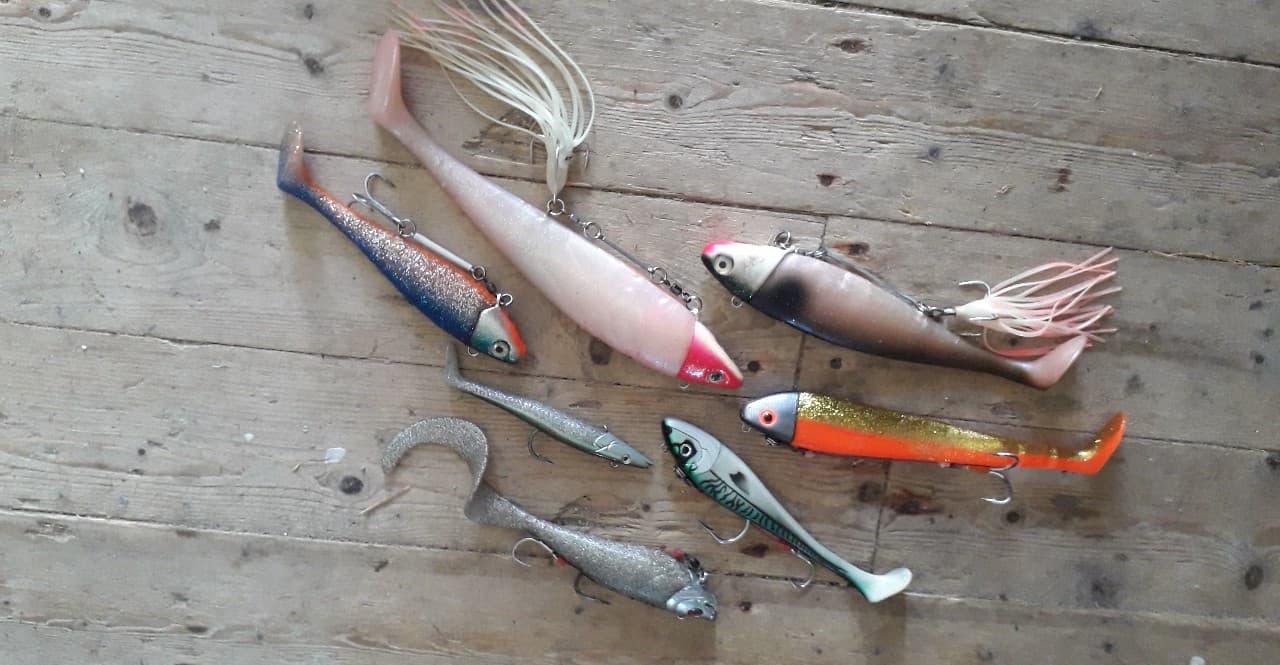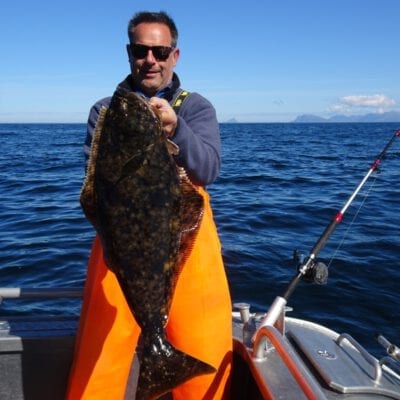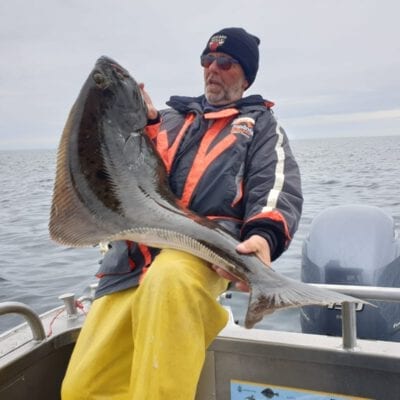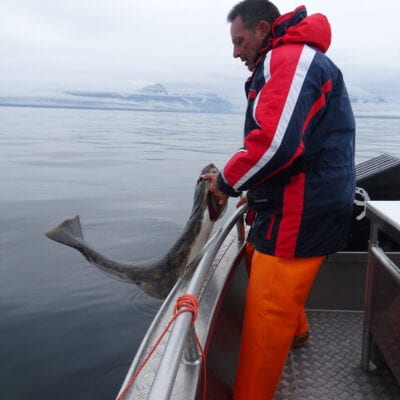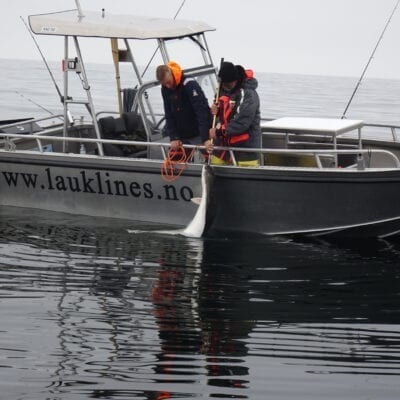One of the top ranking fishes to cross of your list, and most likely the fish that you always will reamember. The Atlantic halibut, there are many stories and a lot of history about this fish. There are even remnants dating back the stone age.
How to?
Well, there are many ways to come in contact with the «queen of the sea». Nowadays we have become really good at finding out what baits to use and most importantly, where to fish for them.
I will not wright a long and complicated list about the things you should think about before you go fishing for halibut. (most likely with the hopes of catching a monster)
Fishing the Scandinavian way
The style of fishing in the nordic countrys is mainly based on the use of heavy gear. This means that «we» have taken the chances of hooking a big fish in to consideration. The rods used for this kind of fishing often have a 20-40lb or 30-50lb classification, even 60lb sometimes. Both because of the risk of finding yourself fighting a big fish, and since the lures or baits that are used often have weights around 300+ grams.
The preferred lures are rubber shads with a lenght around 15-40 cm, and weights in the range of 150-500g. These baits can be fished vertical when drifting, and by trolling.
It´s always good to have a deadbait down there, i guess we all know about the fantastic effect natural baits have on fish. The way we fish with natural baits is by having a special weight made for drifting. This is a sinker with two holes, one that goes to your rod and one that goes to the baitfish. Note that the line from your rod to the sinker (topshot / trace) should be twice as long as the rig, this will make tangels less of a problem. The common baitfish to use is small coalfish ( 20-40 cm) mainly since they are the easiest to find and to catch, but there is nothing wrong with mackerel or herring. Some say that fresh herring can´t be beat. I belive that the loads of fat and smell that gives a nice scented trail in combination with silvery scales, is what makes the herring such a good bait. If you feel like trying this style of fishing, don´t go to light on tackle, use strong stuff. I like 1,2mm or 1,4mm nylon or fluorcarbon. You will find that lines in the thicker diameters can take more of a beating then the thinner ones, and it will not tangle as much either.
Where?
Look for a plateau with sand and small rocks that is around 15-50m deep in close proximity to deeper water. Areas like these are hotspots because the halibut often feed or «hang out» in shallow water, but swimms and moves in the deep trenches and channels. Try the areas around islands or in the straights outside. These areas will have more current and witch makes it a perfect place to ambush an unsuspecting baitfish.
When?
The time to target halibut is when the tide is picking up in other words rising and falling. The drift is key and often fishing is the best when the drift maintains a speed over 1 knot. The tide seems to activate the halibuts and you cover more ground without the use of the engine. On the occasions with less or no drift, the best alternative is to start trolling your baits. You do this by putting the engine in gear for 5-6sec and then out of gear for 5-10sec, letting the baits fall down towards the bottom.
You will most likely hear that the halibut stays on the bottom and that´s where you should fish… This is a common mistake, and perhaps the biggest reason why people don´t catch fish. No matter how you fish, make sure to always bring the lures or baits up and down through the water. Just so that any followers don´t lose their interest. Or to make the following fish bite and not just be a following fish. Crank your bait all the way up every now and then. So that you can check if there is any seaweed on the bait or if the assist hook has fallen out. It can also be really cool and at the same time very frustrating to crank the bait up when you find that you have a fish the size of a dinner table swimming just below the boat!

